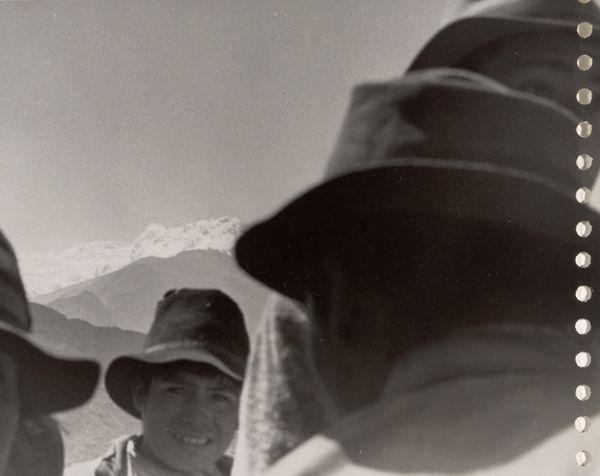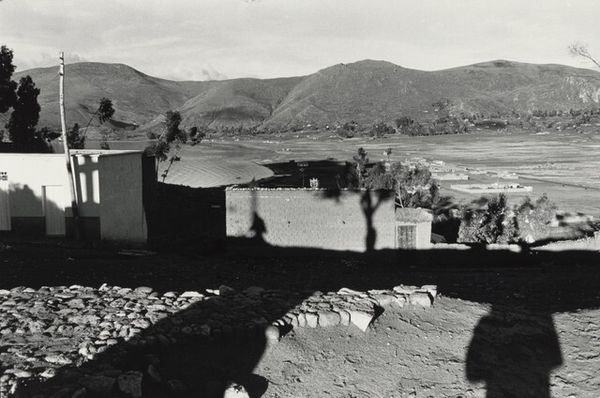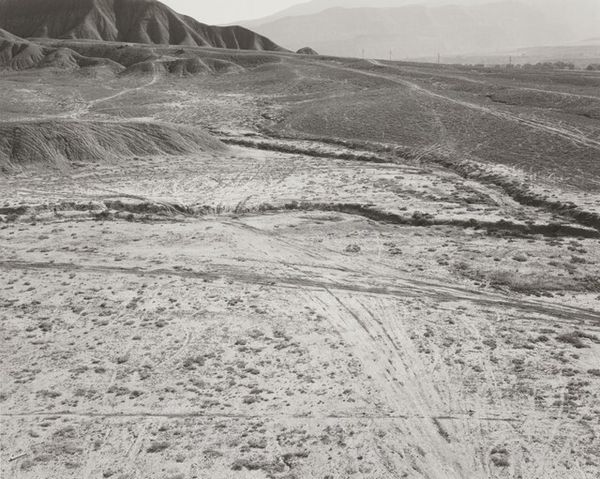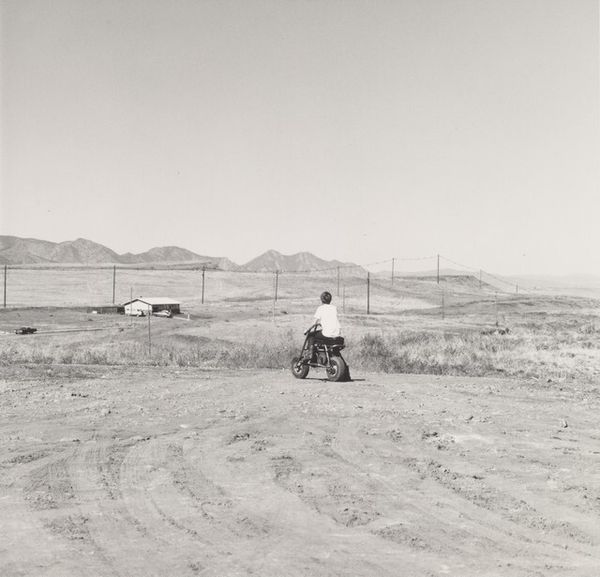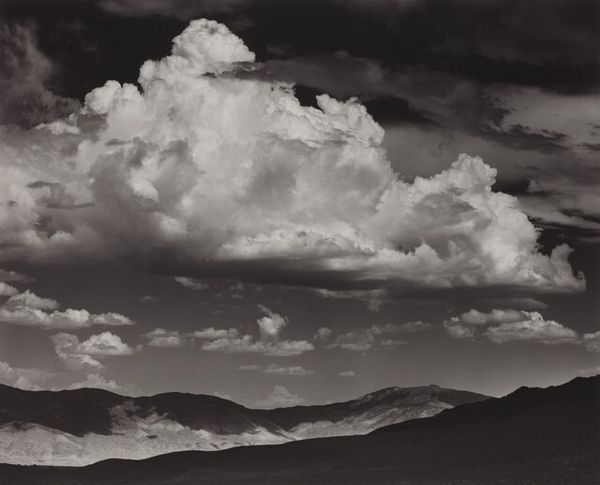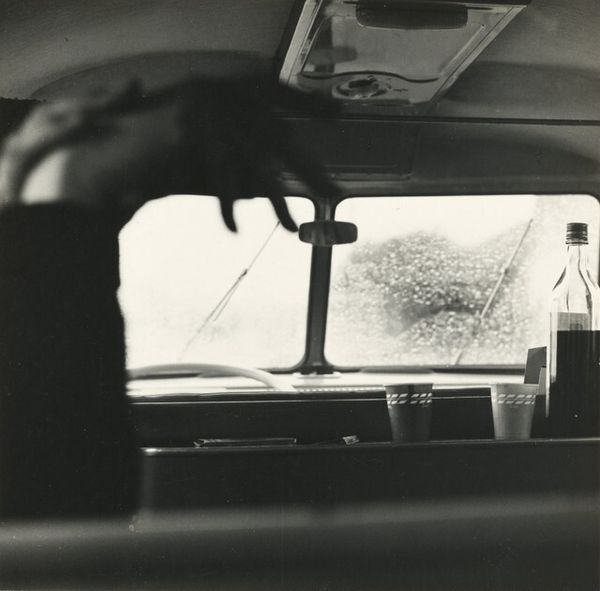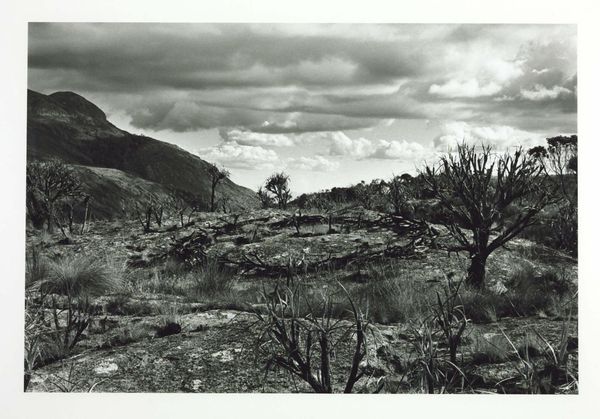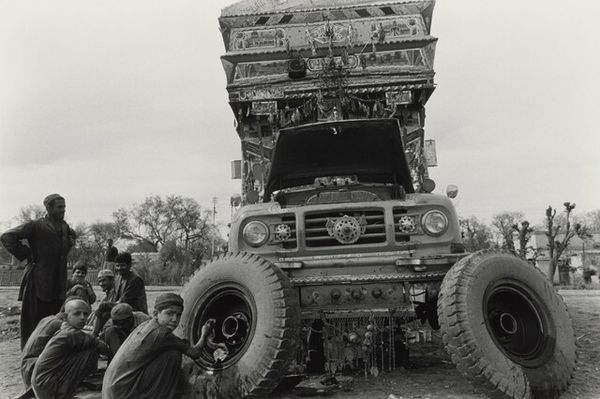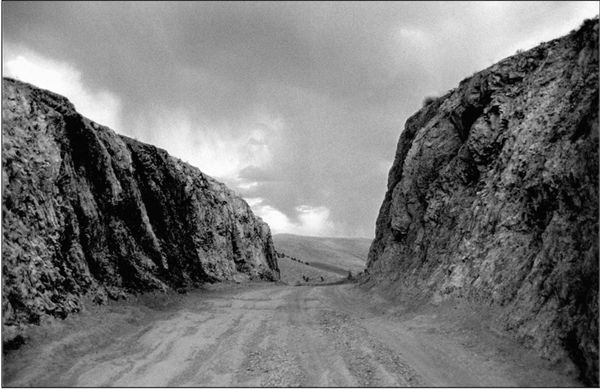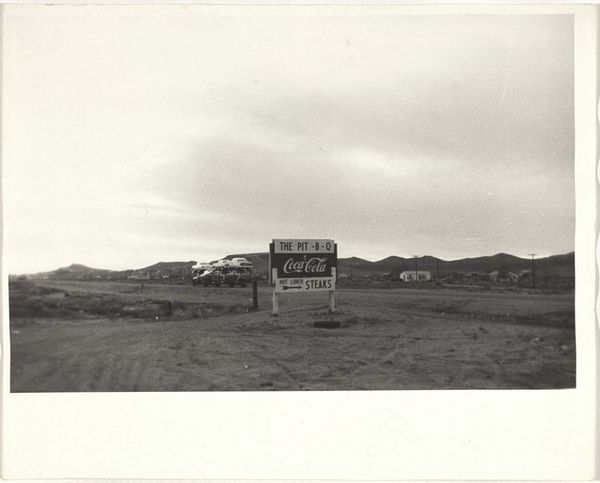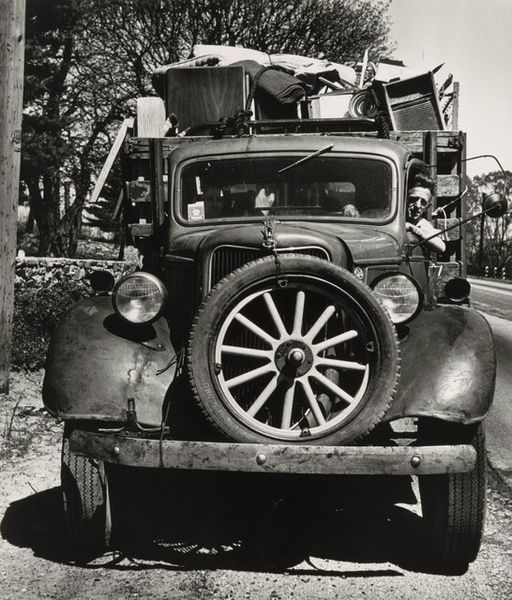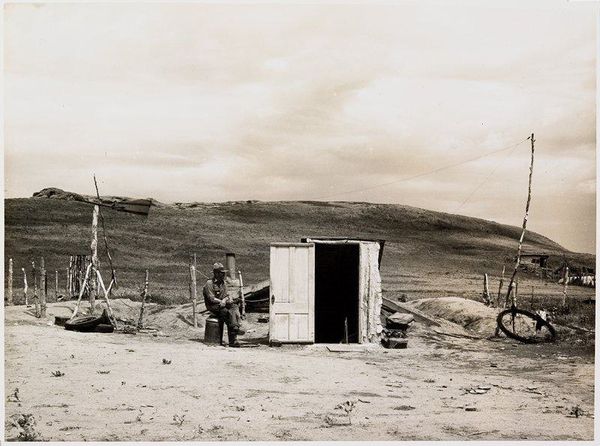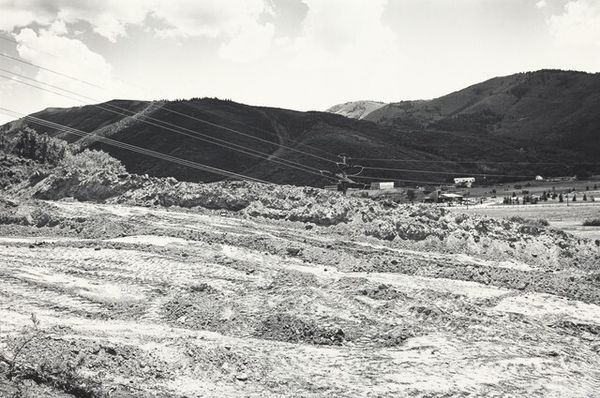
photography, gelatin-silver-print
#
black and white photography
#
landscape
#
black and white format
#
street-photography
#
photography
#
black and white
#
orientalism
#
gelatin-silver-print
#
monochrome photography
#
monochrome
#
monochrome
Dimensions: image: 26 × 38.5 cm (10 1/4 × 15 3/16 in.) sheet: 35.56 × 43.18 cm (14 × 17 in.)
Copyright: National Gallery of Art: CC0 1.0
Editor: Here we have Ed Grazda’s gelatin silver print, "Bajur, Pakistan," created in 1980. I’m immediately drawn to the juxtaposition of the ornately decorated truck against the stark, expansive landscape. It feels almost surreal. What are your thoughts when you look at this photograph? Curator: I find the success of this work rooted in the intricate visual interplay between texture and depth. The foreground, dominated by the truck, presents a dense field of detail—consider the reflective surfaces, the embellishments, and the strong lines. In contrast, the distant landscape unfolds as a series of receding planes, softened by atmospheric perspective. Editor: So you're focusing on how the photograph itself is constructed, more than what it represents? Curator: Precisely. Note how Grazda employs a restricted tonal range. The subtle gradations of gray serve to unify the disparate elements. The composition adheres to a rigorous structure, wouldn’t you agree? Editor: Yes, I see what you mean. The truck really grounds the picture, adding structure with the detailed hood ornament. Are there specific techniques Grazda might have used to achieve this effect? Curator: Certainly, the choice of a gelatin silver print lends a particular crispness to the image, heightening the textural contrast. The placement of the horizon line and the vantage point, slightly elevated, also contribute to the photograph's structural integrity. It compels the eye to reconcile foreground and background, binding the image together in its pictorial logic. What have you noticed regarding visual cues or other features of pictorial syntax that affect this unity? Editor: Well, the composition with the frame and clouds seems to focus on that central embellishment I see right away, and brings out the unity you pointed out. It almost transforms how I viewed this initially. Curator: I agree. Examining this work through its formal properties gives us a language for our aesthetic experience. Editor: That's helpful, I can carry that idea of contrasting textures into looking at other artworks.
Comments
No comments
Be the first to comment and join the conversation on the ultimate creative platform.
